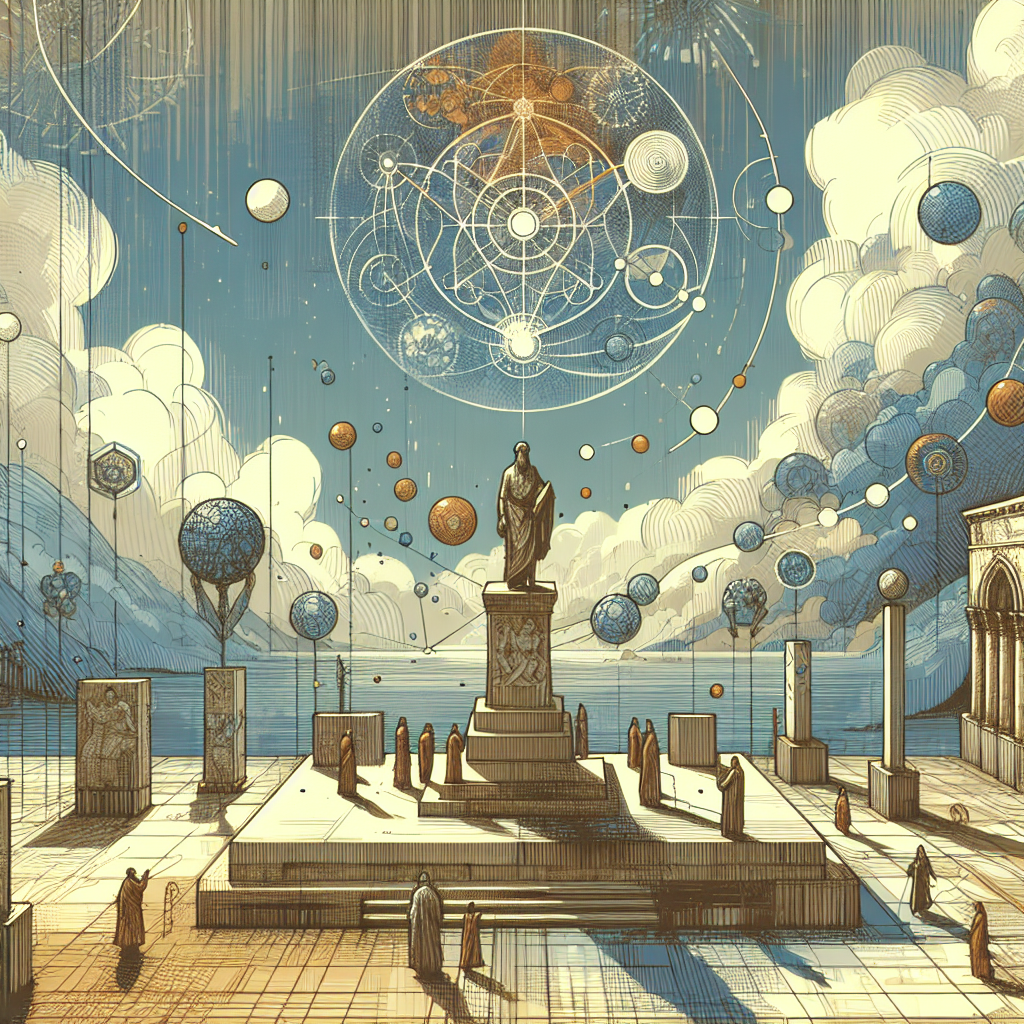The world of ideas is a captivating arena where history's greatest thinkers engage in a cosmic chess game, and in the 19th-century Russia, Nikolai Danilevsky emerged as a formidable player with a unique perspective on the rise and fall of civilizations. Born in 1822, in the embers of a rapidly changing Russia, Danilevsky was not only a scientist but a visionary who dared to ask: What drives human societies toward greatness, and why do they inevitably decline?
Who Was Nikolai Danilevsky?
Danilevsky was not a man bound by a single discipline; he was a psychologist, an economist, a biologist, and, above all, a philosopher. His work came to prominence in the latter half of the 19th century, an era marked by the rise of new scientific insights and national questions. Educated initially for military service, his passion for science led him into the corridors of academia. But it was his publication in 1869, "Russia and Europe," that solidified his reputation. Danilevsky proposed a theory that cultures develop much like organisms: they sprout, flourish, and, eventually, wither. But he was optimistic—arguing not for the doom of cultures but for the cyclical nature of cultural rejuvenation.
The Visionary Lens: Understanding Sociocultural Typology
Danilevsky's most celebrated concept is his 'sociocultural typology'—an optimistic theory that sees human societies through a lens of evolution and renewal. He rejected the Eurocentric idea of a linear cultural hierarchy, opting instead for a pluralistic view that champions diversity. According to Danilevsky, each civilization develops based on its unique worldview and conditions. This was a radical thought at a time when many in Europe saw history as a straight path from savagery to Enlightenment, with the West perched at the pinnacle.
His thoughts laid the groundwork for viewing civilizations as independent entities with their life cycles, similar to the differentiation seen in biological species—a progressive idea requiring a leap of understanding and appreciation for the complexity of human culture.
Why Danilevsky's Ideas Matter Today
Danilevsky's ideas continue to resonate today as we strive for a global understanding amidst an era of rapid change and cultural intersections. His work invites us to appreciate the multiplicity of human experiences and the potential for cultural symbiosis. As the world becomes more interconnected, there's an urgent need for systems that respect diversity while finding common ground, an idea very much in line with Danilevsky’s ethos.
One of his lasting legacies is a challenge against cultural imperialism. By embracing Danilevsky's framework, we can navigate our globalized world with a mindset seeking balance and mutual respect. He prompts us to question: How can societies thrive together when each moves at its own cultural rhythm? His principles nudge societies towards empathy, learning, and cooperation—something humanity could greatly benefit from in today's turbulent times.
The Biological Analogy: Culture as an Organism
Danilevsky drew an intriguing parallel between biological organisms and cultural entities. Each civilization, he hypothesized, harbors intrinsic strengths, just as species possess unique traits adapted to their environments. He saw cultural genesis and degeneration as parts of natural life cycles. This aligns intriguingly with concepts in ecology and evolutionary biology, where genetic diversity safeguards the resilience of ecosystems.
This biological metaphor allows us to appreciate cultures as entities with unique adaptive strategies, fostering a respect for diversity that enriches human existence. Danilevsky thought that this biological analogy could illuminate the understanding of cultural survival and adaptability.
Harnessing Danilevsky's Optimism: A Conclusion for Humanity
Channeling Danilevsky’s vision invokes a sense of enthusiasm for humanity’s potential. It's the faith that despite the ebbs and flows of civilizations, the core of human ingenuity and adaptability endures. Each cultural blossom brings forth contributions that enrich the global mosaic—a symphony where each note, each tune, plays its part.
Danilevsky's work shines a beacon on the benefits of embracing and understanding cultural pluralism. It offers a roadmap for societies to synergize diversities into strengths, turning potential conflicts into engines for innovation and growth. As we forge onward into the future, his optimistic approach reminds us that with collaboration and respect, humanity can continue to rise from its challenges, reinvent itself, and achieve new heights.
Final Thoughts
Nikolai Danilevsky may have lived in a time seemingly far removed from ours, but his ideas resonate deeply with current global narratives. He challenges and inspires us to adopt a broader perspective—an approach underscoring the dynamism of cultures and our interconnected world. By grasping and harnessing this vision, we open our minds to a more inclusive, compassionate world, nudged forward by the belief in humanity's continuous potential for greatness.

